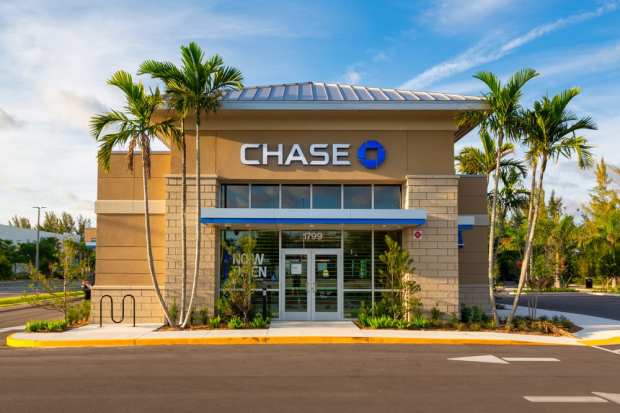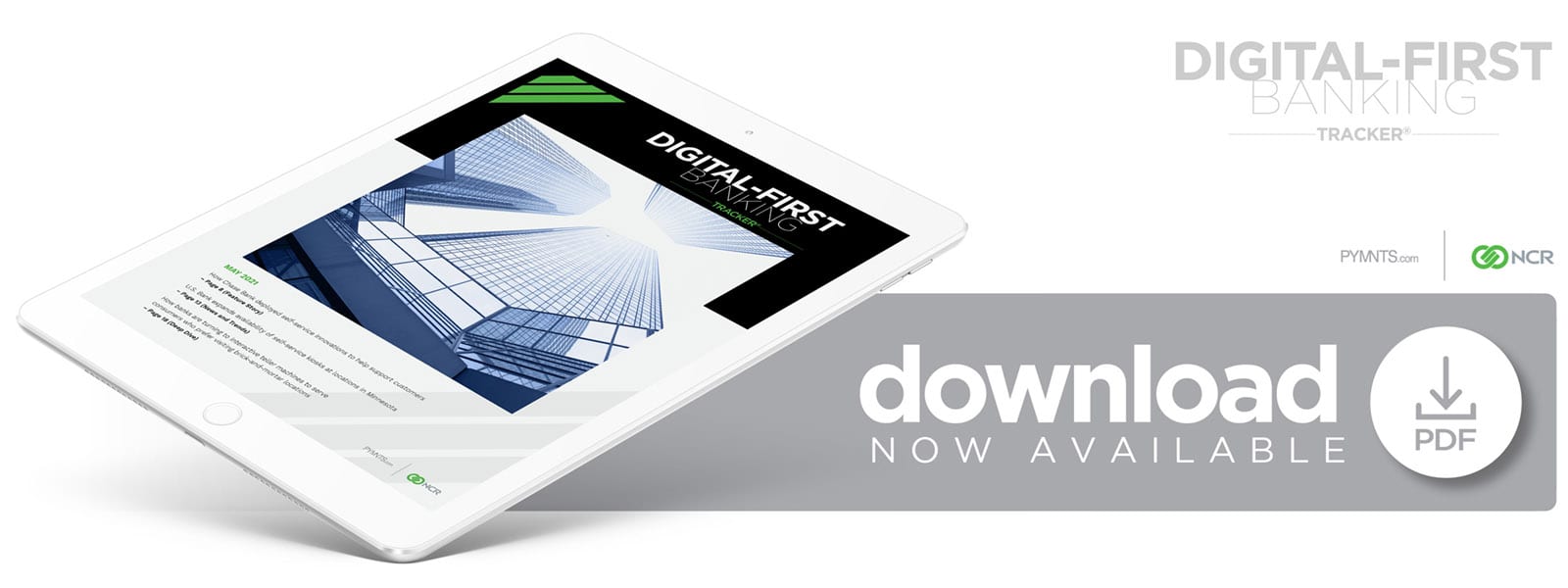How Chase Bank Deployed Self-Service Innovations To Support Customers

Consumers are reengaging in the physical world but still want self-service banking tools that provide an end-to-end contactless experience. In the Digital-First Banking Tracker, Allison Beer, head of customer experience and digital for Chase Bank, explains how using mobile banking apps to start cash withdrawals at ATMs helps build the bridge between the consumer’s old and new banking habits.
Self-service technologies were popular among consumers well before the pandemic accelerated them and prompted their adoption. Financial institutions (FIs) have focused more heavily on deploying a variety of self-service innovations, such as smart ATMs and enhanced mobile apps for banking needs, to meet social distancing demands while maintaining superior customer service. These innovations combine video technology with a touch screen to provide a virtual reproduction of the in-person banking experience. Interactive teller machines (ITMs) still remain few and far between, however. One survey found that only about one-quarter of FIs have invested in these devices, citing barriers including high cost and low consumer awareness.
One financial institution that expanded its self-service offerings was Chase Bank. In an interview with PYMNTS, Allison Beer, the bank’s chief product officer and head of customer experience and digital, explained how Chase’s self-service options became more popular in 2020. The tools include its mobile banking app, which allows customers to deposit checks from their phone, dispute credit card charges and lock a lost or stolen card. It also gives customers the ability to schedule a meeting with a banker or financial advisor at a branch. The app has been popular as customers sought to spend as little time as possible in public places indoors. Customers use the Chase QuickDeposit feature for more than 40 percent of their check deposits, up from 30 percent prior to the pandemic’s onset, according to Beer.
Chase’s goal for the new banking app features was to add functionality that would support customers navigating the pandemic’s impacts, such as the ability to get payment assistance or apply for a Paycheck Protection Program (PPP) loan. Chase also introduced an app-based digital assistant that customers can speak to via text to replace or lock their cards, monitor account balances or roll over investments.
“As a result of COVID-19, we added the ability for customers to inquire about stimulus payments, change travel plans booked with rewards or dispute transactions,” Beer said.
The Mobile Banking Shift
Chase surveyed consumers at the close of 2020 about their digital-first banking attitudes to learn how the pandemic had impacted their habits. The bank found that 54 percent of consumers said they used digital banking tools more at that time due to the pandemic than they did a year ago. Chase had more than 56 million digital customers at the end of Q1 2021, up 5 percent from Q1 of 2020, and nearly 42 million patrons were mobile banking users in Q1, an increase of 9 percent from the same period last year.
Chase customers can use their mobile wallets to get cash and pay their Chase credit card bills. They can also set personalized “Quick Cash” amounts and start cash withdrawals from their smartphones, and then they go to any of the bank’s ATMs within the next 24 hours to collect the funds. Beer said the bank had the largest fleet of smart ATMs prior to the pandemic.
Chase launched a new channel late last year for customers with checking, savings or credit card accounts to establish relationships with bankers via telephone instead of having to do so in person.
“This allowed us to serve customers who wanted help with things like saving for a down payment, building a budget or helping an elderly parent and [who do not] want to visit a branch, whether it’s for convenience, more flexible hours or safety, something still relevant today as individuals continue to get vaccinated,” she said. “However, if after talking to their virtual banker they [still] want to visit a branch, they can schedule a meeting via … the Chase mobile app.”
Putting Financial Recovery At Customers’ Fingertips
Beer said JPMorgan Chase globally invests $12 billion in technology annually to “deploy new and enhanced digital features at speed and at scale,” which was crucial at a time when many banks were forced to promptly develop and deploy innovative tools to meet consumer expectations for digital-first banking experiences. Online portals had to be deployed so that customers could request payment assistance or apply for a PPP loan.
“We also enhanced our mobile check deposit feature, QuickDeposit, by raising limits, ensuring that our customers could quickly deposit and access their stimulus payment funds,” she said.
Beer said the bank uses a variety of avenues to engage customers in learning about these innovations, including staff members in branches, emails, social media posts and advertising.
“I’ve always been fascinated by how many customers organically discover new features and start using them actively,” she said.
Many consumers faced pandemic-driven financial hardships, prompting banks to introduce new self-service features to help them manage their spending and give them more control over their budgets. Chase’s mobile Snapshot feature provides daily insights into customer spending, savings, earnings and more, for example, and the tool gave customers more than 6 billion personalized insights in 2020.
The bank also launched Budget, which helps users establish a way to track spending and make daily adjustments. Customers can calculate their flexible budgets, track debit and credit card transactions automatically and identify money remaining from their flexible budgets that can be transferred to savings accounts. These features can help support customers looking to improve their financial wellness.
While many consumers turned to digital channels to interacts with their banks, Chase opened more than six dozen branches from March 2020 to December 2020. Beer said that some customers preferred in-person interactions with bankers or financial advisers and continued to visit branches last year.
Digital-first banking technologies offer many key benefits to make consumers’ lives easier and help them become better stewards of their money. FIs that offer innovative self-service banking experiences have the opportunity to more wholly support their changing banking needs.
